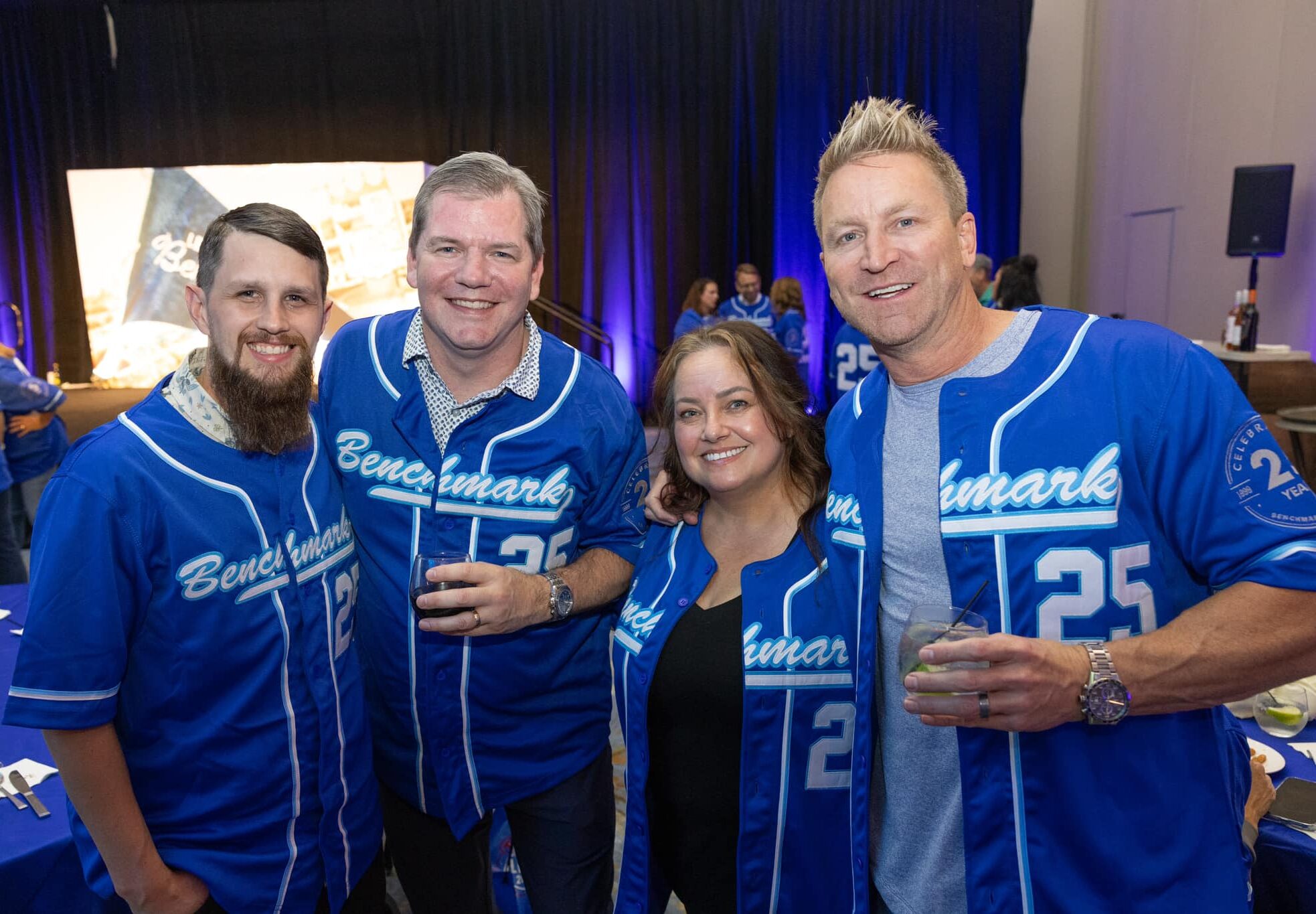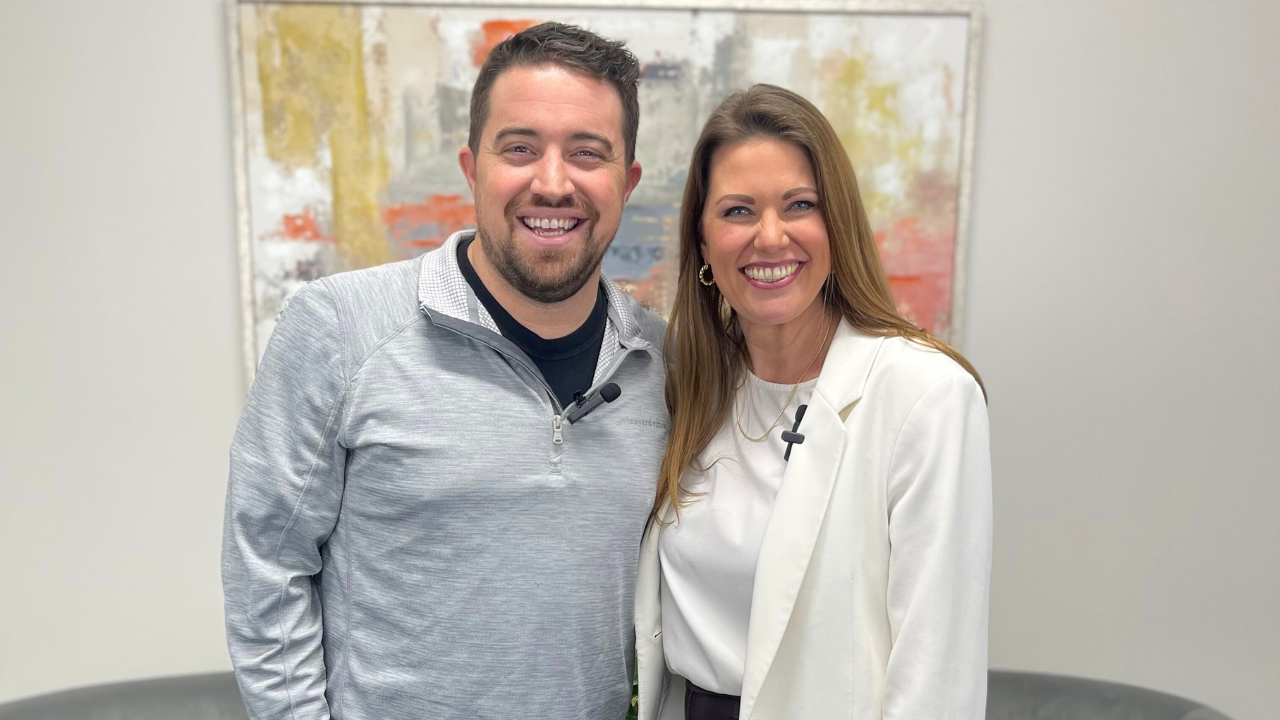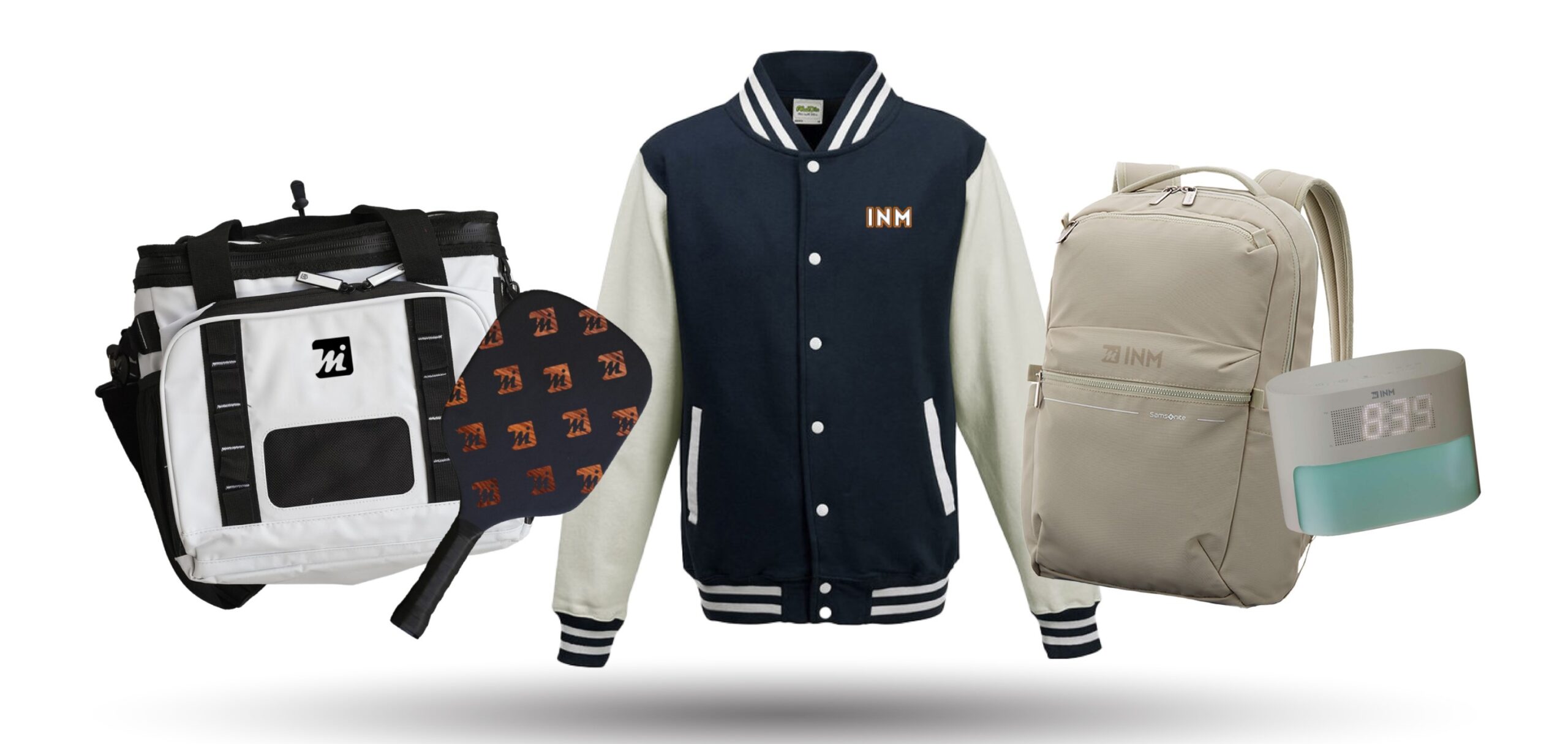It’s a new year, which typically means a new spending budget for most of us. HALLELUJAH!
While budgets give us the means to do…well, part of our jobs, they almost always have limitations. In order to maximize the return on allocated funds, consider ditching the common philosophy “HOW MUCH DO I HAVE TO SPEND?” and approaching it from a new perspective: “WHAT IS MY ULTIMATE GOAL FOR THIS BUDGET?”.
Think big picture, and work backwards from there.
It’s just one of the things that we do in our internal brainstorming meetings every week – one of our team members provides details of a goal that a client/prospect is looking to accomplish, and then our team puts their creative brains together to curate a strategy that will help them attain those goals. The budget is based on an end goal, and even though the amount may seem minimal, there are ways to build a campaign to maximize any level.

Annual budgets are created to help manage financial allocations – but that doesn’t mean they must come with extreme limitations. There is a work-around for everything, and when your funds are limited with a broad goal, you’ve got to get creative! Don’t underestimate the power of promotional products – and please, please don’t just drop a logo on a pen and call it a day. To make an impact, you have to make BIGGER WAVES…and that doesn’t happen by just dropping a logo on C.P.S. (cheap plastic stuff).
Steps to maximize your budget:
- Define the target market. Who are the intended recipients for a specific project? There are many factors to consider here: age, gender, etc.
- Determine the lifestyle for the target market. Interests vary tremendously between different generations, so create a campaign that revolves around the interests of your target market for each specific project.
- Research the latest retail trends for the target market. Retail trends are constantly changing, and the best way to engage your audience is to offer something appealing to your target market. For example, older generations might be easier to pentice with traditional merchandise, while millennials prefer trendy products with bold graphics.
- Build a merchandise campaign based on all of the above. After choosing your desired recipients, defining how they live, and finding the top retail items in their demographic, consult with your promo team to determine the best product assortment to appeal to your desired target.
Some of that sounds too logical, but it’s way too easy to get caught up in the amount available versus the most efficient merchandise for each project. An effective merchandise campaign doesn’t have to cost a ton, it just needs a little bit of special creativity juice.




